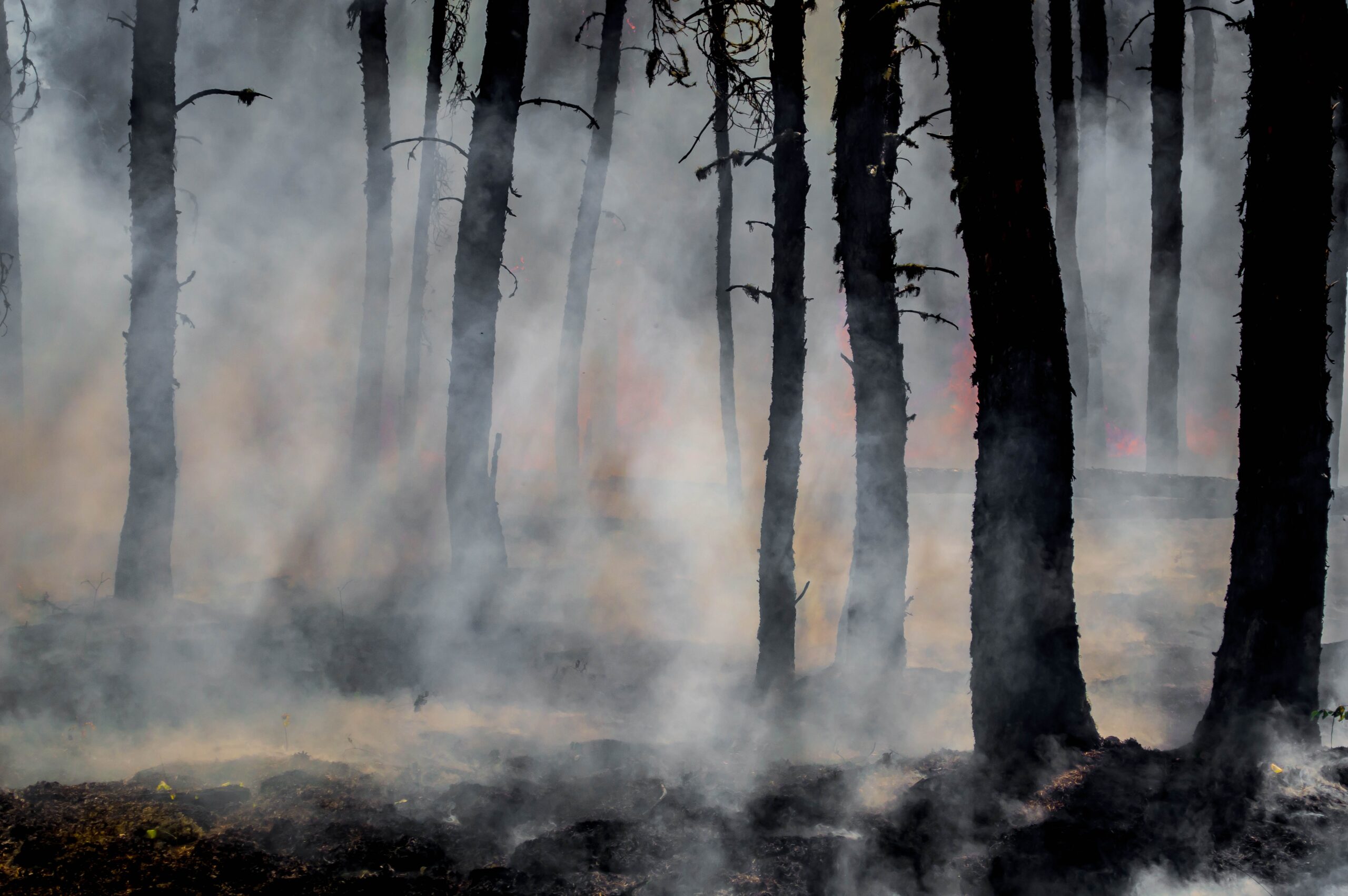Intense wildfires are engulfing Canada, forcing thousands to evacuate and enveloping regions as far south as Georgia, USA, in hazardous smoke. This year, Canada is bracing itself for the largest recorded area burned by wildfires. The devastating impact is being acutely felt in major cities like Toronto and New York, underscoring a “new reality” as noted by Canada’s Natural Resources Minister, Jonathan Wilkinson. Let’s delve into the role of a changing climate in this crisis and explore the causes behind the raging infernos.
The Start of the Wildfires
The outbreak of wildfires began with the declaration of a local state of emergency in Alberta on May 4th. Since then, over 400 active fires have emerged across the country, with most of the 2,000 fires this year believed to be human-caused. Lightning strikes have sparked some fires, particularly in Quebec, while poor forestry management and standing dead trees have also contributed to the severe fire risk. Paradoxically, the suppression of fires has hindered the creation of natural firebreaks that historically would have curbed the spread of wildfires.
Climate Change’s Role
While attributing individual wildfires solely to climate change is complex, scientists assert that climate change is amplifying the conditions that lead to such disasters. Heatwaves, droughts, and extreme weather are becoming more frequent, creating an ideal environment for wildfires. Unusual warmth and dryness have gripped Canada, with temperatures soaring above normal and droughts persisting since 2020. These arid conditions, coupled with the exceptionally dry vegetation in forests, have heightened the risk of fires, with even a higher proportion of lightning strikes igniting conflagrations. Similar patterns of extreme heat have been observed worldwide, indicating a broader global climate issue.
A Vicious Cycle
As wildfires rage, they contribute to the very problem that exacerbates their intensity—greenhouse gas emissions. Copernicus Atmosphere Monitoring Service reports indicate that May’s wildfires emitted a staggering 54.8 million tonnes of CO2, more than double previous records for that month. These emissions only perpetuate the cycle of climate change, further warming our atmosphere and intensifying the conditions that fuel wildfires.
Lingering Impacts
The haze and smog from the wildfires are affecting areas hundreds of miles away from the infernos, with Toronto and New York bearing the brunt. While some relief may come in the form of easing weather conditions, bringing clearer skies, areas closer to the fires will continue to grapple with smoke. The Canadian government expects the risk of wildfires to recede in Quebec and Ontario in July but anticipates an expanding threat in the Yukon next month. With the summer’s heat and dryness projected to persist, the fire risk is unlikely to subside soon.
The Future Outlook
Scientists predict a concerning future, with wildfires projected to become more frequent and intense due to the combined effects of land use and climate change. Although year-to-year variations will persist, the trend of increased acreage burned by wildfires in North America is expected to continue for decades. Rising temperatures and drier conditions resulting from climate change are the primary drivers of this worrying trend.
The current wildfire crisis in Canada serves as a stark wake-up call, emphasizing the urgent need to address climate change and its consequences. The intensifying wildfires are not only devastating landscapes and displacing communities but also releasing vast amounts of greenhouse gasses into our atmosphere. As climate change worsens, the risk of wildfires will persist and likely worsen in the years to come. It is crucial that we take immediate action to mitigate climate change and protect our planet for future generations.
Sources
Financial Disclosure
It’s important to note that investing in renewable energy projects through crowdfunding carries financial risks and may not be suitable for everyone. As with any investment, there is a possibility that you may lose some or all of the money you invest. It’s important to note that this article should not be considered investment advice. The information provided is for informational purposes only and is not intended to be a recommendation or endorsement of any particular investment strategy. The information provided in this article is for informational purposes only and should not be considered financial or investment advice. It’s crucial to do your own research and consult with a financial advisor or professional before making any investment decisions, especially when it comes to investing in renewable energy projects through crowdfunding, which carries financial risks and may not be suitable for everyone.




 Copyright@ Climatize Earth Inc 2023.
Copyright@ Climatize Earth Inc 2023.